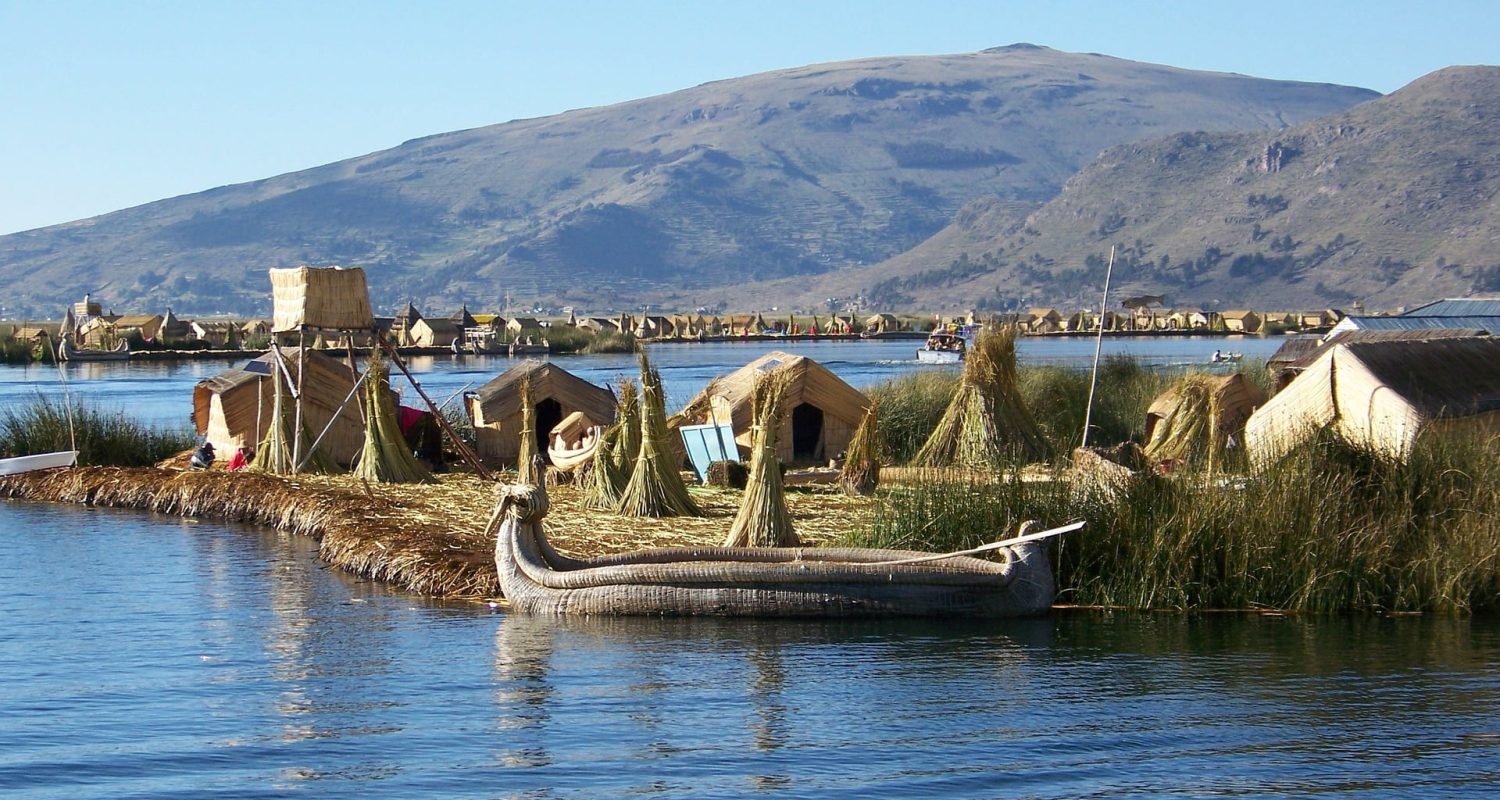Lake Titicaca

TABLE OF CONTENTS
- Introduction about Lake Titicaca
- Lake Titicaca Location
- How to Reach Lake Titicaca
- Activities you can do in Lake Titicaca
Discover the perfect stay around the Location wtih Booking.com
Lake Titicaca, nestled high in the Andes Mountains on the border of Peru and Bolivia, is one of the most iconic and culturally significant lakes in the world. Revered by the indigenous peoples of the region as the birthplace of the sun, Lake Titicaca offers visitors a mesmerizing blend of natural beauty, ancient traditions, and living history. With its shimmering blue waters, picturesque islands, and vibrant cultural heritage, Lake Titicaca is a must-visit destination for travelers seeking adventure, cultural immersion, and spiritual renewal.
Useful information about Lake Titicaca:
Location:
Lake Titicaca straddles the border between southeastern Peru and western Bolivia, with the majority of its surface area lying within the territory of Peru. The lake is situated at an altitude of approximately 3,812 meters (12,507 feet) above sea level, making it one of the highest navigable lakes in the world. Its expansive waters cover an area of over 8,372 square kilometers (3,232 square miles) and are surrounded by towering peaks and fertile valleys.
How to reach Lake Titicaca:
Reaching Lake Titicaca typically involves traveling by bus or train from major cities such as Cusco in Peru or La Paz in Bolivia. The most common entry points on the Peruvian side include the towns of Puno and Copacabana, while on the Bolivian side, travelers often arrive in Copacabana or La Paz. From these gateway towns, visitors can take boat tours or ferries to explore the various islands and attractions on the lake.
What to bring:
When visiting Lake Titicaca, it’s essential to come prepared for the high-altitude environment and variable weather conditions. Sunscreen, a hat, and sunglasses are crucial for sun protection, as the sun’s rays can be intense at high altitude. Layers of clothing, including a light jacket or sweater, are recommended to accommodate temperature changes throughout the day. Comfortable walking shoes are essential for exploring the islands and rugged terrain, and a reusable water bottle is advisable to stay hydrated.
Best time to visit Lake Titicaca:
The best time to visit Lake Titicaca is during the dry season, which typically runs from May to October. During these months, the weather is generally clear and sunny, making it ideal for outdoor activities and sightseeing. The months of June to August are particularly popular, but they also coincide with peak tourist season, so expect larger crowds and higher prices. The rainy season, from November to April, brings occasional showers and cooler temperatures but also lush green landscapes and fewer tourists.
Activities you can do in Lake Titicaca:
Lake Titicaca offers a wide range of activities for visitors to enjoy, from exploring ancient ruins to experiencing traditional Andean culture. Key attractions include the Uros Floating Islands, where indigenous communities live on artificial islands made of totora reeds, and the Island of Taquile, known for its traditional textile weaving and breathtaking views of the lake. Boat tours to the islands of Amantani and Suasi provide opportunities to interact with local communities and learn about their customs and way of life. Outdoor enthusiasts can also enjoy kayaking, hiking, and birdwatching amidst the stunning natural scenery of the lake and its surroundings.
Lake Titicaca is a place of profound beauty, cultural significance, and natural wonder, offering visitors a unique opportunity to connect with the rich history and living traditions of the Andean region. Whether exploring its mystical islands, meeting the indigenous peoples who call it home, or simply gazing out over its shimmering waters, travelers to Lake Titicaca are sure to be captivated by its timeless allure and spiritual power. A visit to this legendary lake is not just a journey through geography but also an exploration of the human spirit and its enduring connection to the natural world.
